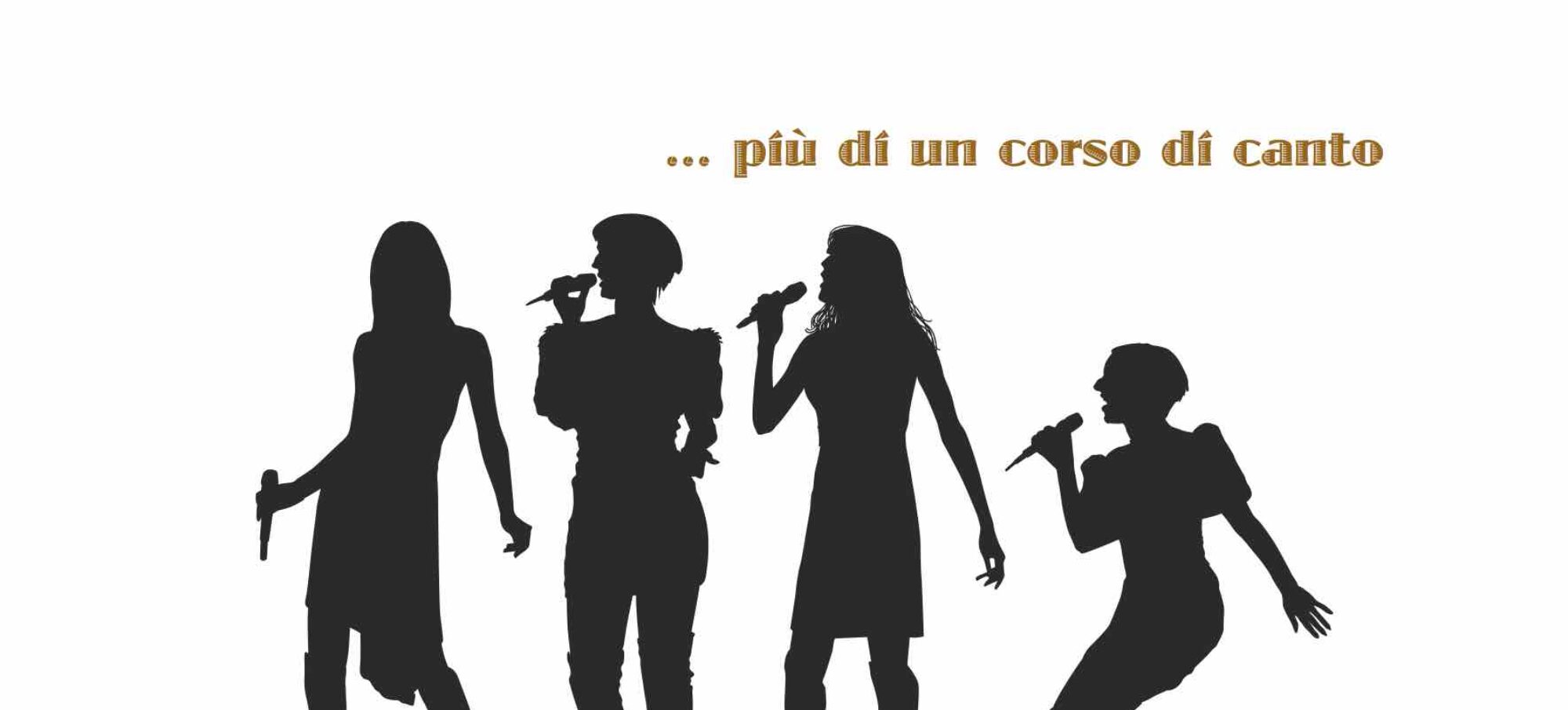The song is part of the legendary album “The dark side of the moon” by Pink Floyd and is the natural continuation of the one that precedes it in the album, “Time”: the protagonist of the text realizes that he has wasted too much time in his life and inevitably he is afraid of dying, as it often happens, without having the time to carry out all the projects he has in mind. Born as an instrumental piece by Richard Wright, however, when the album was almost complete, on 21 January 1973, Alan Parson, authoritative sound engineer, believing that the piece was missing something, proposed to call a singer and, despite the opposition of the author, it was decided to try: Madeleine Bell and Doris Troy were called but were not available; so, an EMI singer, Clare Torry, a 25-year-old girl who had already worked with Parson, was contacted.
The singer then showed up the following Sunday at Abbey Road Studios, where she was initially made to listen to the already recorded track and then David Gilmour told her: «There are no words. It’s about death. Don’t sing anything prepared. Improvise, your voice must be a musical instrument. It has to sound like a guitar solo».
More recordings were made to find a suitable one. On the first recording, Torry said, she sang “Ooh-aah, baby, baby – yeah, yeah, yeah”. It was discarded. In the second one Torry tried to imitate an instrument (this is the one that will later appear on the album). She also tried a third, in which she stopped immediately because she claimed to have noticed that she was repeating the previous recording and in addition the latter seemed “forced”.
When she left the recording room, the singer apologized, embarrassed, for the performance, while the group and all present were amazed by that improvisation.
Unknowingly, in fact, she had been the protagonist of one of those miracles that sometimes happen in music: improvising in total freedom, she had completely exposed herself, it was as if she had opened up her emotionality in front of the others, and she had felt if she was ashamed of what she had done, while her performance had turned out to be something sensational and what came out of it was a real masterpiece… It was deemed suitable and afterwards overdubbed on the instrumental base: the song thus composed, which initially should have been entitled “The Mortality Sequence” or “The Religious Section”, was included in the album with the title “The Great Gig in the Sky” where “gig” means concert.

The singer, who had left the studio convinced that her voice would not be used on the album, had to change her mind with astonishment and satisfaction when, after some time, she saw the record in a shop and read her name among the acknowledgments.
But in a certain sense Clare Torry was also the author of this piece, her performance having contributed in a decisive way to the character of the piece, and therefore to its success, although she was only paid as a session musician (30 pounds). Later on, given the success of the piece, however, she began to realize the importance of her contribution, thinking “but in the end I too am the author of this piece”. She therefore decided, in 2004, to take legal action so that the just merit of this creation was recognized. In 2005 the Supreme Court of the United Kingdom found her right, and all editions after that year contain Torry’s name in the credits, both as singer and as co-writer of the song, therefore credited as a Torry / Wright composition.
Patrizia Rossi
















